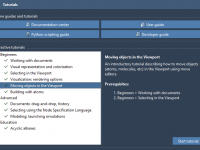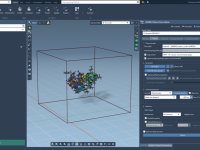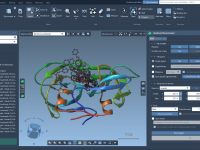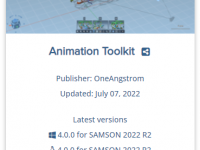Stuck at a Modeling Task? Try This Hidden SAMSON Feature
Lifting Your Molecular Scenes with the Pedestal Camera Animation
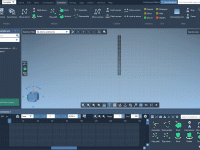
Creating compelling molecular animations can significantly enhance presentations, teaching, or collaborative discussions. But controlling how the camera moves in 3D space can sometimes feel unintuitive, especially when you want to create subtle perspective shifts without rotating or panning too drastically.…
How to Control the Visibility of Animation Nodes with NSL
Why Minimizing Ligands Before Docking Might Save You Hours
Running GROMACS Simulations in the Cloud Without Leaving SAMSON
A Smoother Way to Animate Structures in SAMSON: Get to Know the Assemble Effect
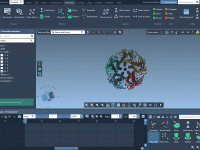
Creating engaging, informative molecular presentations can be time consuming—especially when you’re trying to smoothly showcase how molecular structures come together. Traditional animations often require manual keyframe positioning or external rendering tools just to achieve a simple assembly effect. That’s where…







